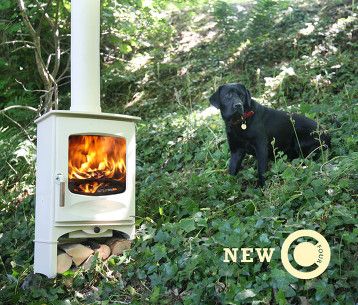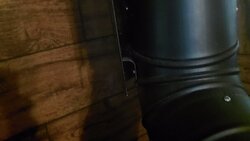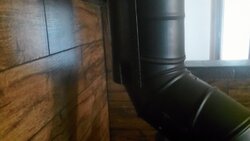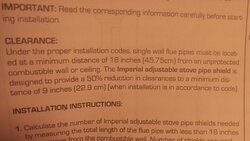MODS: I am not endorsing or selling these products. I'm just wondering if any one has experience or thoughts on these products. I don't want to waste money. If this post breaks forum rules please delete it.
Is it safe to use paper bricks on a regular basis in a wood stove?
does adding surface area to your stovepipe add any heat to the house?
Is it safe to use paper bricks on a regular basis in a wood stove?
does adding surface area to your stovepipe add any heat to the house?





